Pistachio trees (Pistacia vera) are highly valued for their delicious, nutrient-rich nuts and their ornamental appeal in home gardens and orchards. Growing pistachios from seeds is an exciting yet rewarding endeavor that allows gardeners to experience the entire lifecycle of this unique nut tree—from seed germination to tree maturity and eventual harvest. While pistachio trees take several years to bear nuts, proper care and attention can ensure healthy growth and a bountiful harvest.
This guide provides a step-by-step approach to growing pistachio trees from seeds, covering seed selection, germination techniques, planting, care, fertilization, pruning, pest management, and harvesting tips.
Why Grow Pistachio Trees from Seeds?
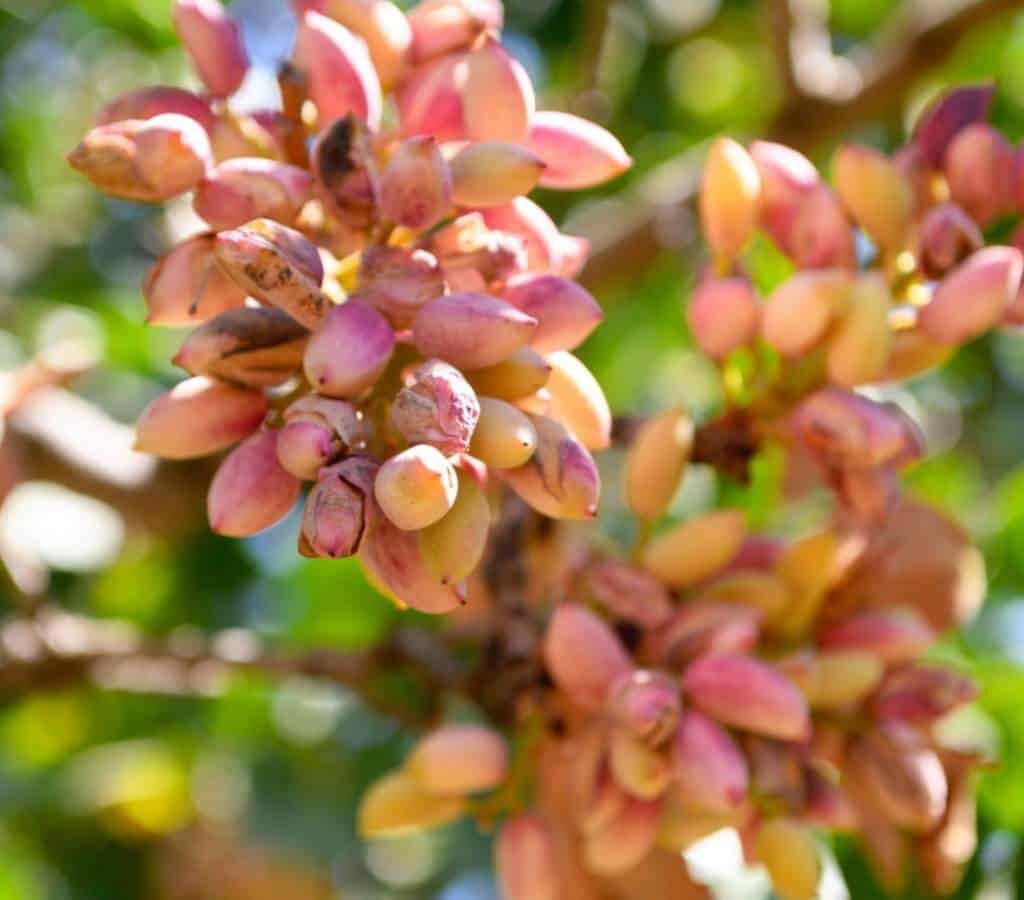
Pistachios are more than just a tasty snack; they offer several benefits:
- Nutritious Nuts: Rich in protein, fiber, healthy fats, vitamins, and antioxidants.
- Homegrown Satisfaction: Growing trees from seeds allows a deeper connection to the plant lifecycle.
- Aesthetic Appeal: Pistachio trees have attractive foliage and can enhance garden landscapes.
- Long-Term Investment: Mature trees can produce hundreds of pounds of nuts annually.
- Eco-Friendly: Trees contribute to soil health, biodiversity, and carbon sequestration.
Growing from seeds is particularly rewarding because it allows gardeners to experience every stage of plant development and customize care to local conditions.
Step 1: Selecting High-Quality Pistachio Seeds
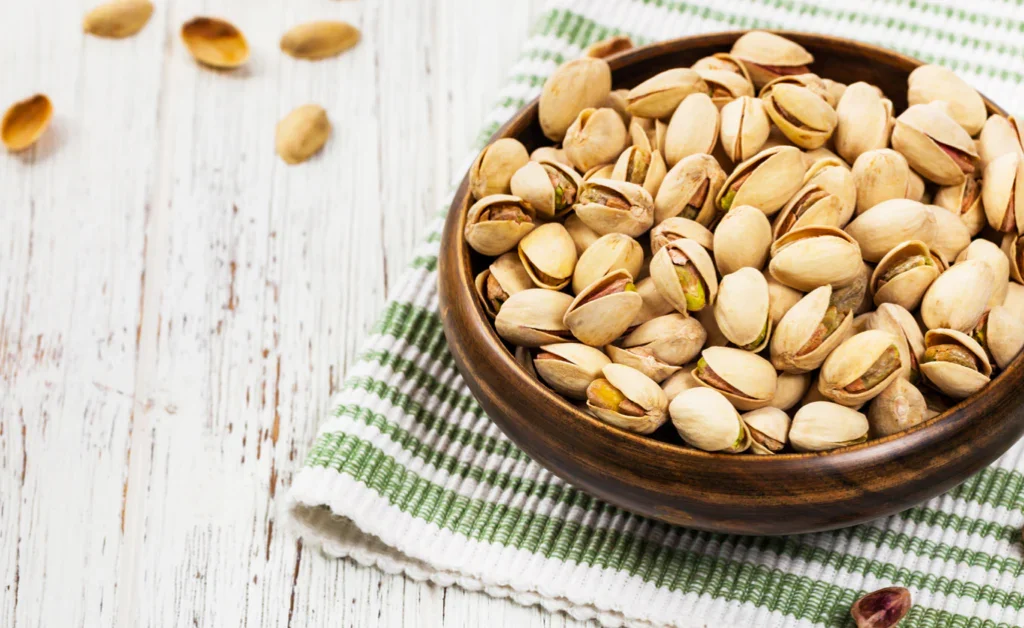
The first step in growing pistachio trees is selecting viable seeds:
- Choose Fresh Seeds: Purchase raw, unsalted pistachio seeds intended for planting.
- Healthy Seeds: Look for firm seeds without cracks, mold, or discoloration.
- Varietal Selection: Choose seeds from high-yield, disease-resistant varieties suitable for your climate.
- Cold Stratification Seeds: Some seeds may require stratification (cold treatment) to germinate effectively.
Proper seed selection sets the foundation for strong, healthy seedlings.
Step 2: Preparing Pistachio Seeds for Germination
Pistachio seeds require preparation to encourage germination:
- Soaking: Soak seeds in water for 24–48 hours to soften the hard shell.
- Scarification: Lightly sand or nick the outer shell to allow moisture absorption.
- Cold Stratification: Store seeds in a damp paper towel inside a plastic bag in the refrigerator for 4–6 weeks.
These steps mimic natural conditions and break seed dormancy, improving the chances of successful germination.
Step 3: Germinating Pistachio Seeds
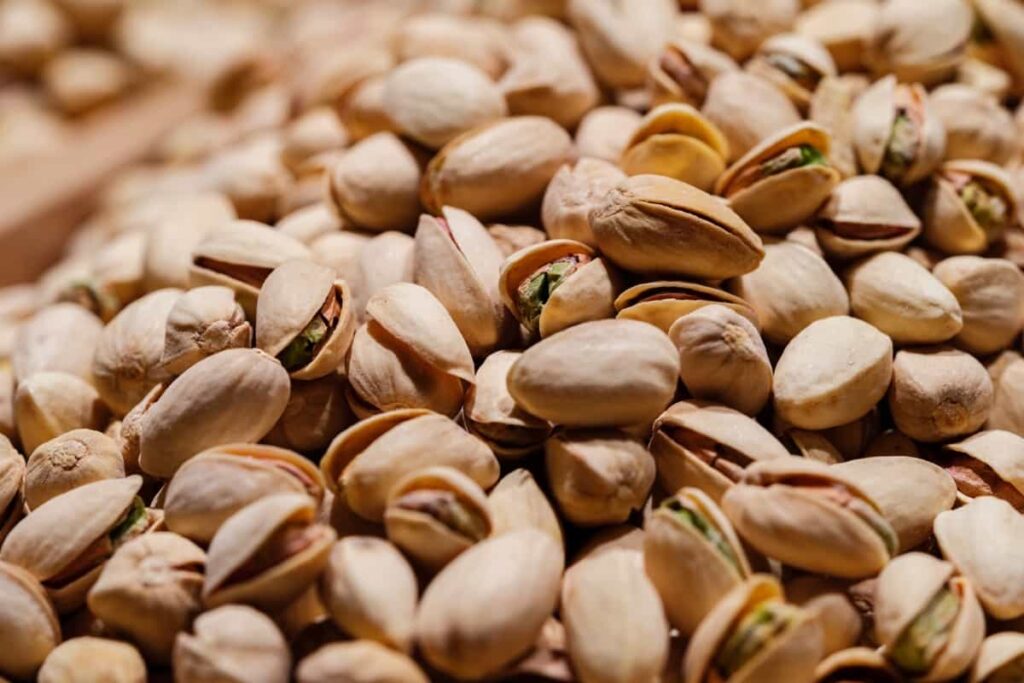
Germination is a critical phase requiring careful attention:
- Planting Medium: Use a well-draining potting mix or seed-starting soil.
- Depth: Sow seeds 1–2 inches deep.
- Moisture: Keep soil consistently moist but not waterlogged.
- Temperature: Maintain 75–85°F for optimal germination.
- Patience: Germination may take 2–6 weeks, depending on seed quality and conditions.
Once seedlings emerge, gradually acclimate them to more light and slightly drier conditions.
Step 4: Transplanting Seedlings
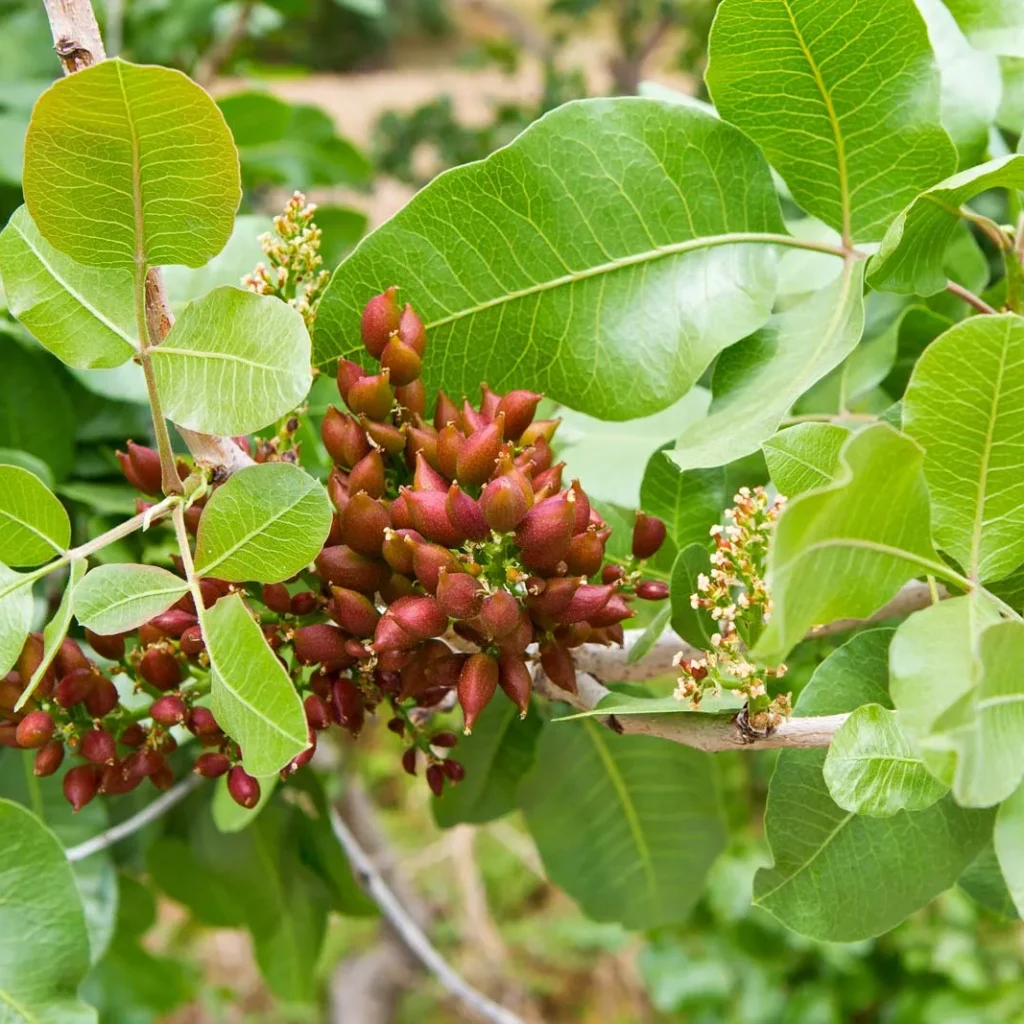
After seedlings develop 2–4 true leaves, they can be transplanted into larger containers or the garden:
- Containers: Start in pots with drainage holes and rich, well-draining soil.
- Outdoor Planting: Select a sunny location with at least 6–8 hours of sunlight daily.
- Soil Preparation: Pistachios thrive in sandy-loam soil with good drainage.
- Spacing: For eventual orchard planting, maintain 15–20 feet between trees.
Transplanting carefully avoids root damage and ensures strong early growth.
Step 5: Watering Pistachio Trees
Proper watering is critical for seedling establishment and long-term health:
- Young Seedlings: Keep soil evenly moist but avoid waterlogging.
- Mature Trees: Pistachios are drought-tolerant; deep, infrequent watering is preferred.
- Mulching: Apply organic mulch around seedlings to conserve moisture and regulate soil temperature.
Consistent watering encourages strong root systems, which are crucial for high yields in later years.
Step 6: Fertilization
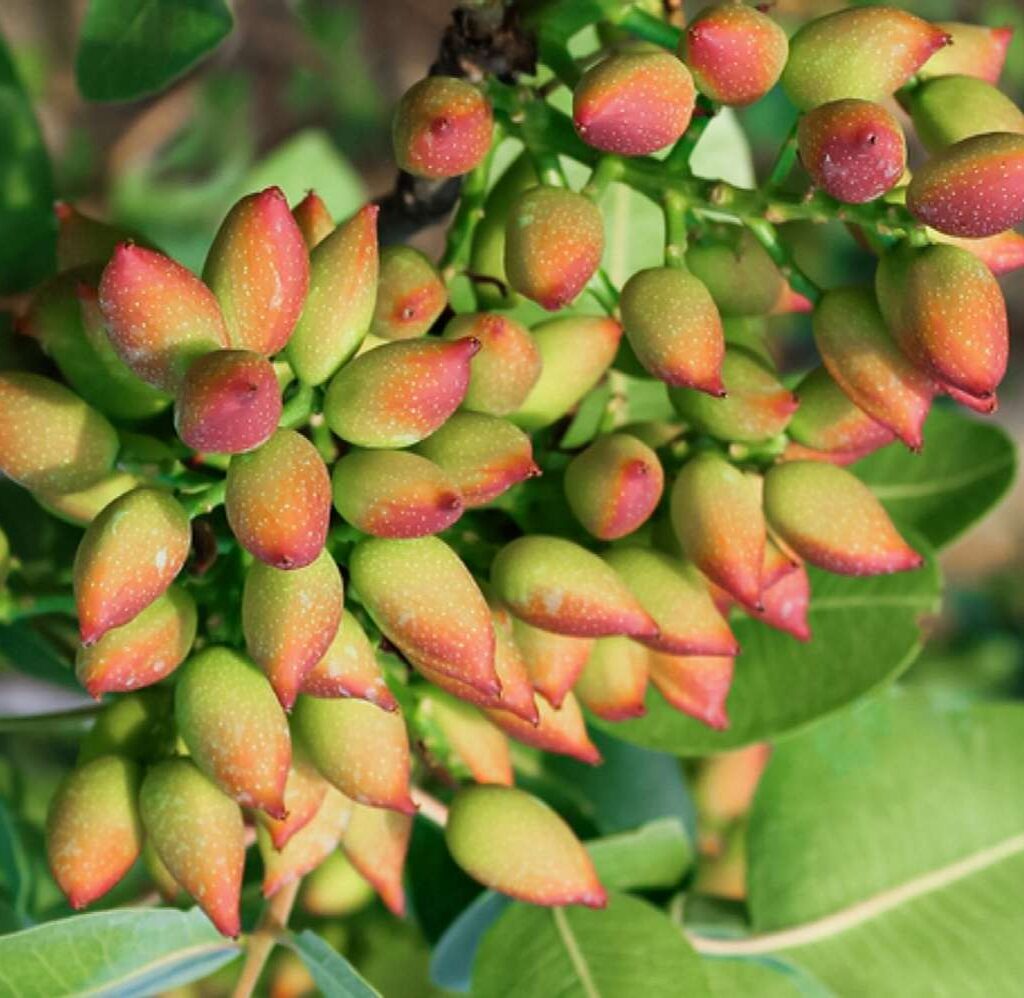
Nutrients support healthy foliage and nut development:
- Seedlings: Apply a diluted balanced fertilizer (10:10:10) every 4–6 weeks during the growing season.
- Mature Trees: Apply nitrogen in early spring; phosphorus and potassium promote flowering and nut development.
- Organic Alternatives: Compost, manure, or biofertilizers enrich soil naturally.
Fertilization supports robust growth and eventual heavy nut production.
Step 7: Pruning and Training
Pruning shapes trees and improves sunlight penetration:
- Seedling Stage: Remove damaged leaves or weak branches.
- Formative Pruning: Encourage a strong central leader and well-spaced lateral branches.
- Mature Trees: Light pruning to maintain size and air circulation improves nut yield.
Proper pruning also prevents disease and allows even growth throughout the canopy.
Step 8: Pest and Disease Management
Pistachio trees are hardy but may face pests and diseases:
- Common Pests: Aphids, mealybugs, and caterpillars.
- Diseases: Verticillium wilt, root rot, and fungal leaf spots.
- Prevention: Ensure good soil drainage, proper spacing, and prune to improve airflow.
- Treatment: Use organic insecticides or neem oil for pests; fungicides for leaf spots if necessary.
Monitoring and early intervention prevent losses and ensure healthy growth.
Step 9: Flowering and Pollination
Pistachio trees are dioecious, meaning male and female flowers grow on separate trees:
- Plant Ratio: Typically, one male tree for every 8–10 female trees for optimal pollination.
- Pollination: Wind is the primary pollinator; ensure trees are planted in open areas.
- Timing: Trees usually flower in spring, several years after planting.
Adequate pollination is crucial for heavy nut production once trees mature.
Step 10: Harvesting Pistachios
Pistachio trees grown from seeds take 5–7 years to bear nuts, but patience is rewarded:
- Maturity: Nuts split naturally when ripe.
- Harvesting: Shake branches gently or pick nuts manually.
- Processing: Dry nuts before storage to prevent mold and preserve flavor.
- Yield: Mature trees can produce 50–100 pounds of nuts annually under optimal conditions.
Step 11: Tips for Successful Pistachio Growth
- Select high-quality, stratified seeds for better germination.
- Provide full sunlight and well-draining soil.
- Water consistently during the seedling stage, tapering as trees mature.
- Use balanced fertilizers and organic amendments for healthy growth.
- Prune strategically to improve canopy structure and airflow.
- Monitor for pests and diseases regularly.
- Ensure male trees are planted for pollination if aiming for nuts.
- Exercise patience—pistachios take years to mature but reward persistence.
Conclusion
Growing pistachio trees from seeds is a long-term but highly rewarding endeavor. By selecting high-quality seeds, preparing soil properly, ensuring proper watering and fertilization, and providing regular pruning and pest management, gardeners can cultivate strong trees capable of producing abundant, nutritious nuts.
While pistachio trees require patience, the process teaches valuable lessons in plant care, growth cycles, and sustainable gardening. With dedication and attention to detail, home gardeners can enjoy beautiful trees that provide both aesthetic charm and a bountiful harvest, making pistachio cultivation a fulfilling addition to any garden or orchard.
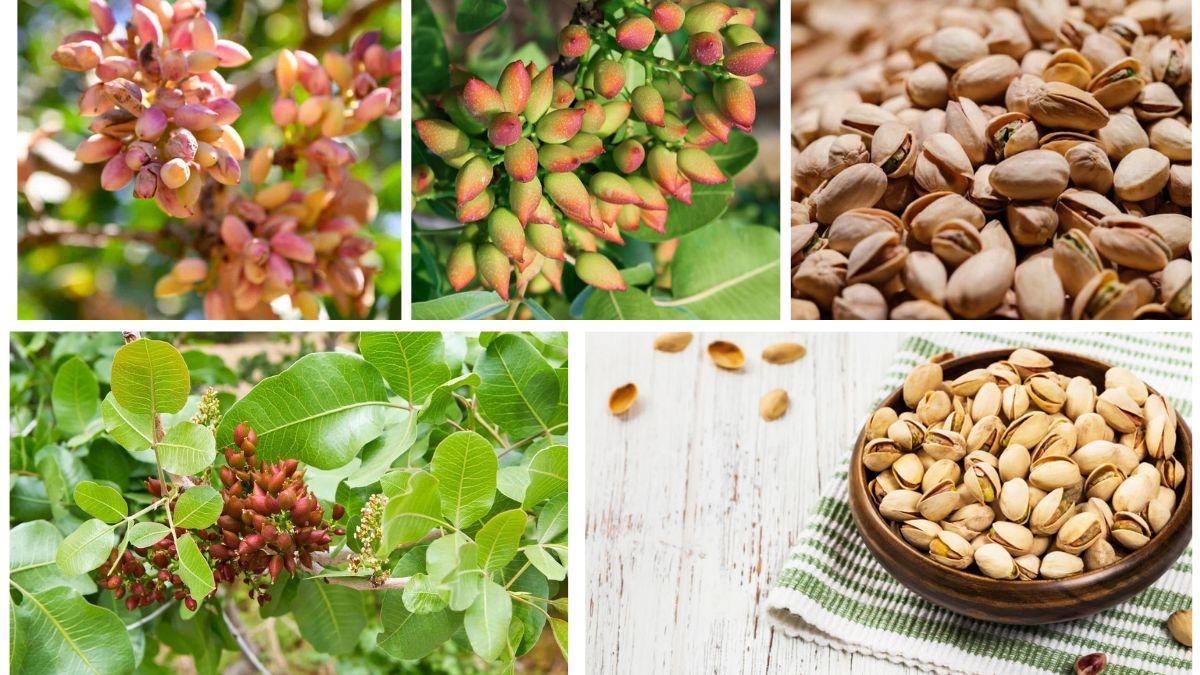
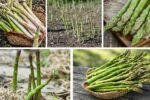


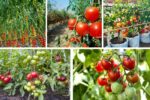

Leave A Comment